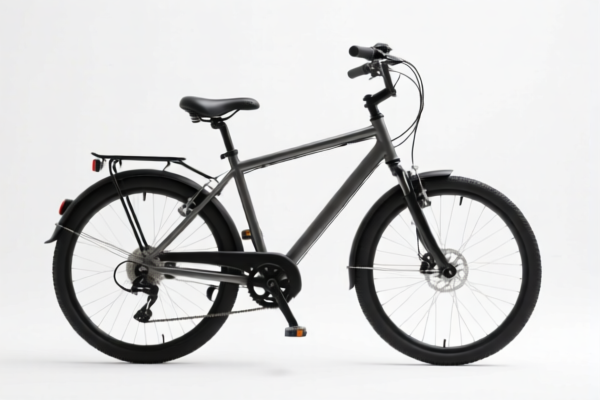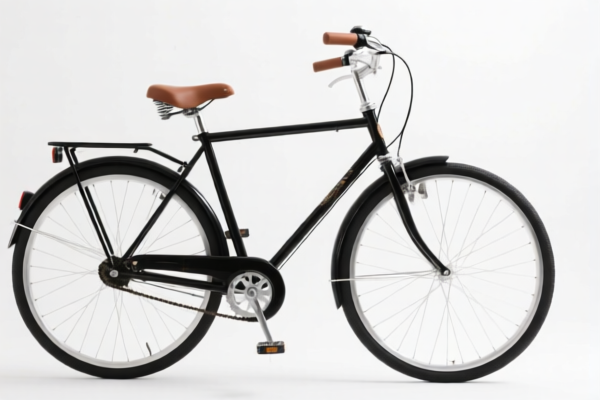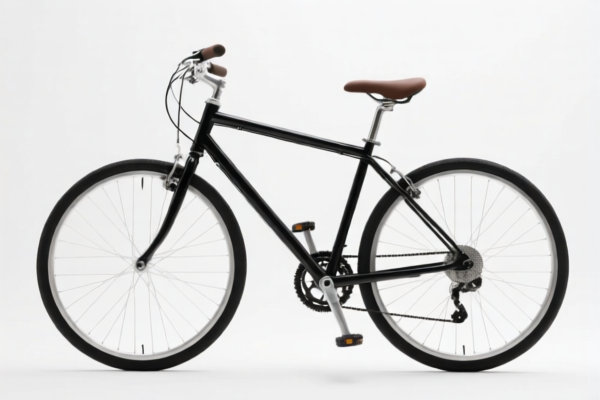| HS Code | Official Doc | Tariff Rate | Origin | Destination | Effective Date |
|---|---|---|---|---|---|
| 6701003000 | Doc | 59.7% | CN | US | 2025-05-12 |
| 6701006000 | Doc | 59.7% | CN | US | 2025-05-12 |
| 9506910030 | Doc | 42.1% | CN | US | 2025-05-12 |
| 9506996080 | Doc | 41.5% | CN | US | 2025-05-12 |




Bike Saddle
A bike saddle, also known as a bicycle seat, is a crucial component of a bicycle that supports the rider's weight and provides comfort and efficiency during pedaling.
Material
Bike saddles are constructed from a variety of materials, each offering different properties:
- Cover Material:
- Leather: Traditionally used, leather saddles are durable, conform to the rider's shape over time, and offer a classic aesthetic. They require regular maintenance.
- Synthetic Leather (Vinyl/Microfiber): More affordable than genuine leather, resistant to water and abrasion, and requires less maintenance.
- Fabric: Often used in performance saddles, offering good grip and breathability.
- Base Material:
- Plastic: Commonly used for its flexibility and lightweight properties. Different types of plastic (e.g., nylon, polypropylene) are used for varying levels of stiffness and durability.
- Carbon Fiber: Lightweight and stiff, often used in high-performance saddles to maximize power transfer. More expensive.
- Steel: Durable but heavier than plastic or carbon fiber.
- Padding Material:
- Gel: Offers high cushioning and shock absorption, suitable for comfort-oriented riding.
- Foam: Different densities of foam (e.g., polyurethane) are used to balance cushioning and support.
- Carbon Fiber (in shell): Some high-end saddles utilize a carbon fiber shell for inherent flex and vibration damping, reducing the need for extensive padding.
Purpose
The primary purpose of a bike saddle is to provide a stable and comfortable platform for the rider, enabling efficient power transfer to the pedals. Different saddle designs cater to various riding styles and anatomical needs.
Function
- Weight Support: Distributes the rider’s weight across the sit bones and perineal area.
- Power Transfer: Facilitates efficient transfer of power from the legs to the pedals during the downstroke.
- Comfort: Reduces pressure on sensitive tissues, minimizing discomfort and preventing injuries.
- Stability: Provides a secure base for pedaling and maneuvering the bicycle.
Usage Scenarios
- Road Cycling: Saddles are typically narrow, firm, and lightweight to maximize power transfer and efficiency over long distances.
- Mountain Biking: Saddles are often wider and more padded for increased comfort and impact absorption on rough terrain.
- Touring/Commuting: Saddles prioritize comfort and support for long rides with a focus on reducing pressure points.
- BMX/Freestyle: Saddles are generally small and lightweight, designed for maneuverability and tricks.
- Hybrid/City Cycling: Saddles offer a balance of comfort and support for everyday riding.
Common Types
- Short-Nose Saddles: Becoming increasingly popular, these saddles allow for greater freedom of movement and are often used with forward-rotated saddle positions.
- Long-Nose Saddles: Traditional saddle shape, providing a stable platform for riders with a more conventional riding position.
- Gel Saddles: Feature gel padding for maximum cushioning and comfort.
- Carbon Fiber Saddles: Lightweight and stiff, offering excellent power transfer.
- Women’s Saddles: Designed with wider sit bone support and shorter overall length to accommodate female anatomy.
- Cut-Out/Channel Saddles: Feature a central cut-out or channel to relieve pressure on the perineal area.
- Suspension Saddles: Incorporate suspension mechanisms to absorb shocks and vibrations.
Bike saddles fall under the category of articles and equipment for general physical exercise, gymnastics, athletics, or outdoor games. Based on the provided information, the following HS codes are relevant:
-
9506910030: This HS code covers “Articles and equipment for general physical exercise, gymnastics, athletics, other sports (including table-tennis) or outdoor games, not specified or included elsewhere in this chapter; swimming pools and wading pools; parts and accessories thereof: Other: Articles and equipment for general physical exercise, gymnastics or athletics; parts and accessories thereof Other”. This is a broad category encompassing various sports equipment, including parts like bike saddles. The first two digits (95) indicate Chapter 95, which deals with toys, games and sports equipment. The next four digits (0691) specify Heading 9506.91, covering parts and accessories for these activities.
- Tax Details: Basic tariff: 4.6%, Additional tariff: 7.5%, Additional tariff after 2025.4.2: 30.0%. An additional tariff of 25% applies to steel and aluminum products.
- Total tariff: 42.1%
-
9506996080: This HS code covers “Articles and equipment for general physical exercise, gymnastics, athletics, other sports (including table-tennis) or outdoor games, not specified or included elsewhere in this chapter; swimming pools and wading pools; parts and accessories thereof: Other: Other: Other Other”. This is a more general “other” category within sports equipment. The first two digits (95) indicate Chapter 95, which deals with toys, games and sports equipment. The next four digits (0699) specify Heading 9506.99, covering other sports equipment not specifically classified elsewhere.
- Tax Details: Basic tariff: 4.0%, Additional tariff: 7.5%, Additional tariff after 2025.4.2: 30.0%. An additional tariff of 25% applies to steel and aluminum products.
- Total tariff: 41.5%
Regarding HS codes 9506910030 and 9506996080, please note the need to verify whether the bike saddle is made of steel or aluminum, as an additional tariff of 25% applies to these materials.
Customer Reviews
No reviews yet.